
As I mentioned in my post "Diving into Another Homeschool Year", entrepreneurship and financial literacy are an important part of our homeschool learning experience. Children are never too young to learn how to make and manage money. Children are often excited about working and want to work, but we deny them the opportunities. I remember looking through the classifieds when I was about 12 years old and being crushed by the fact that I could not work. I begged my dad to walk me down the street to the neighbors with horses to see if they needed help mucking stalls (I was willing to do anything to be around horses). I was denied - too young they said. I also was never taught how to manage money, or at least not how to be responsible with money. So I learned my financial "wisdom" from credit card companies - swipe this enough times that you cannot afford to pay it off and remain a slave to the lender. A few years into marriage we found ourselves maxed out on all our credit cards and having way too many money fights. Thankfully, our sister-in-law introduced us to Dave Ramsey, and we determined then that we wanted to do better for our children.
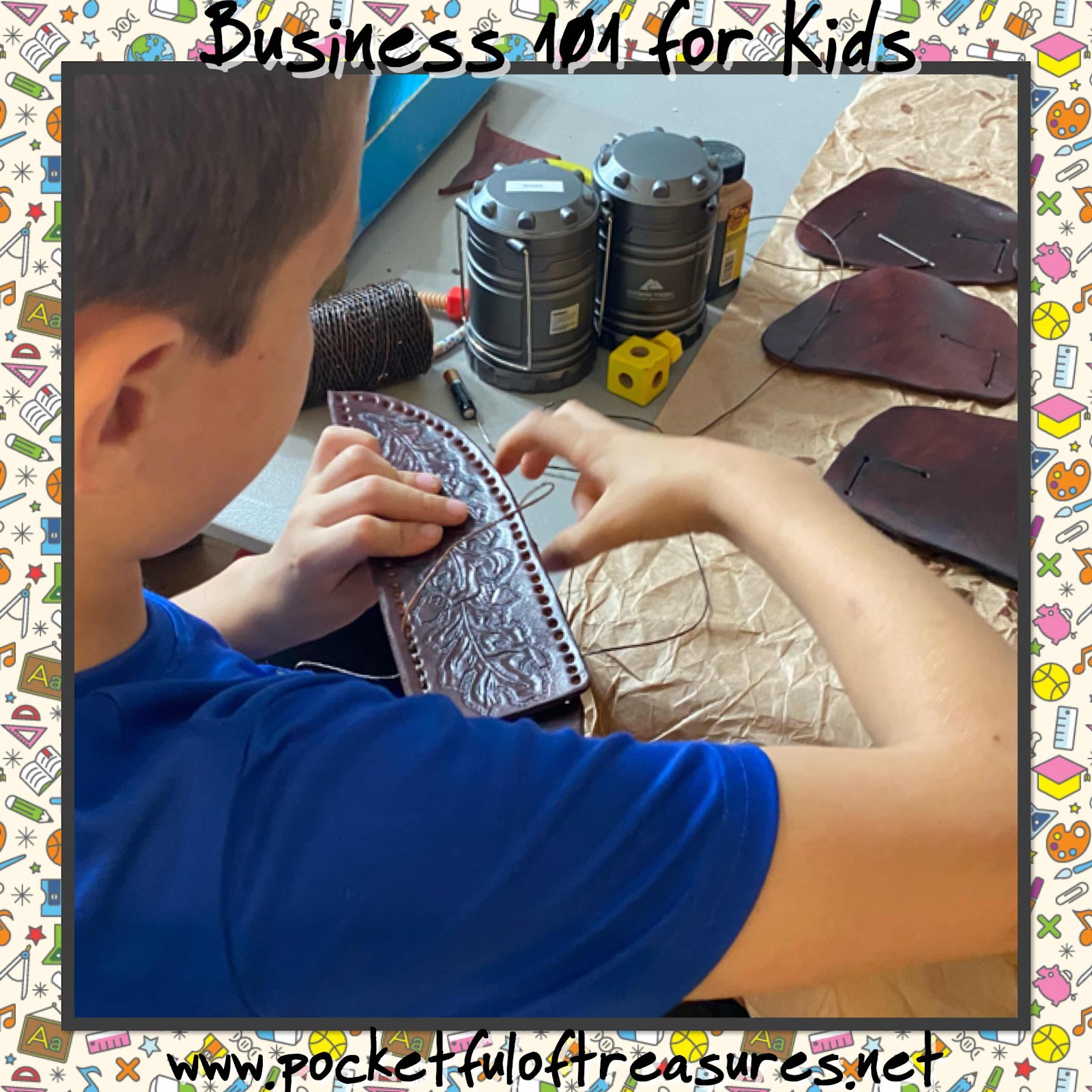
One snide comment we often receive is, "Haven't you heard of child labor laws?" Please, listen carefully. Child labor and exploitation is WRONG and we one hundred percent are against it. Child labor and exploitation by definition "deprives children of their childhood, interferes with their ability to attend regular school, and is mentally, physically, socially, and morally harmful." (Wikipedia) Teaching your child to think, create, and use their God-given abilities is just the opposite of this. We want to enrich their childhood, enhance and personalize their education, and lift them up mentally, physically, socially, and morally. We want to teach them problem solving, goal setting, creativity, financial literacy, delayed gratification, and so much more!

Our children have come up with several creative business ideas throughout the years, but when the opportunity presented itself for them to have a kid run booth at Quitman Fest, we decided to take a break from our usual study and dive into a two week Business intensive unit study. I could not find a workbook to use to guide us through our business study, so I created our own. My Business 101 for Kids workbook guided them through the why of having a business, how to do a SWOT analysis to come up with business ideas, marketing and promoting, setting prices, goal setting, and more.
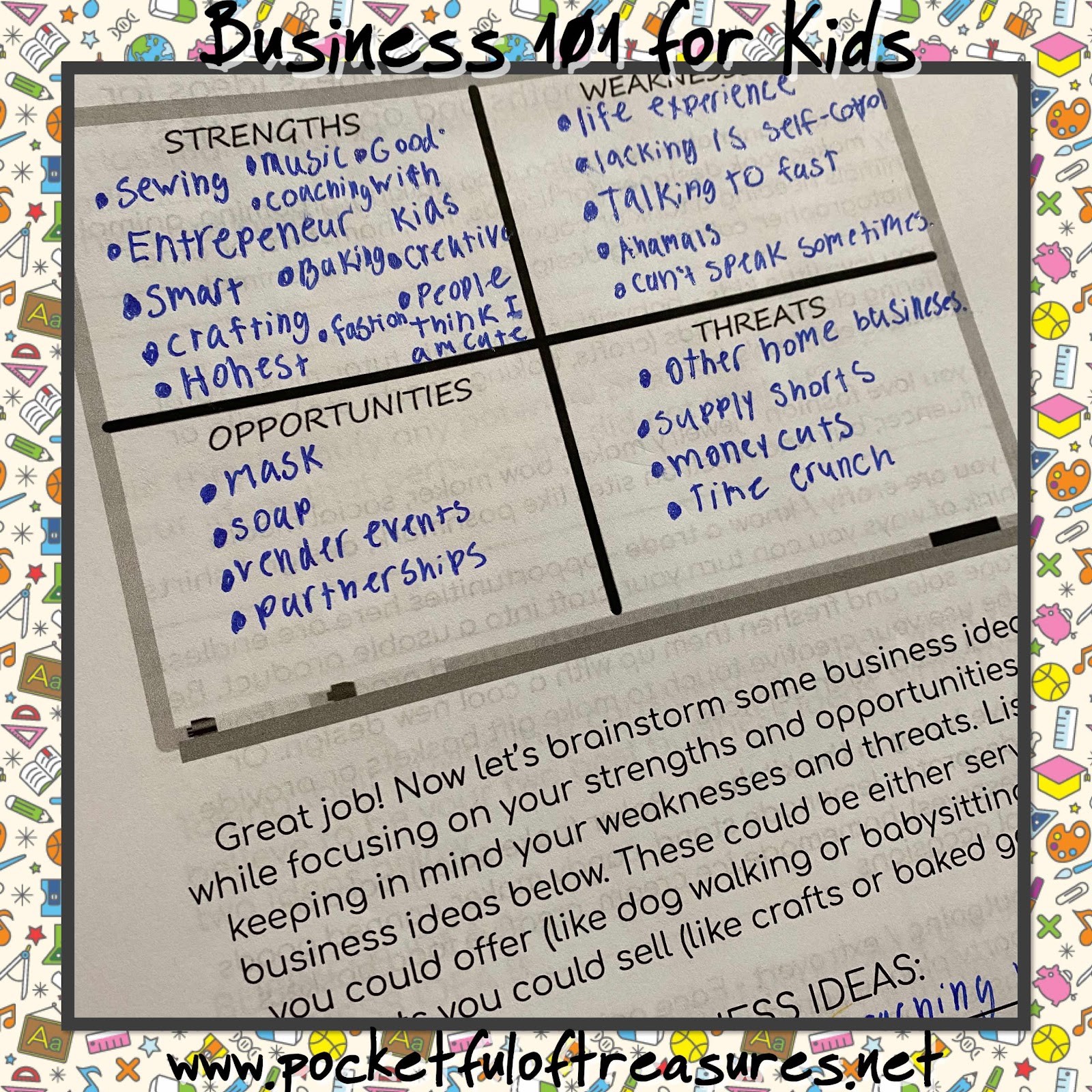
In the workbook they actually do a SWOT analysis three different times. A SWOT analysis has you identify your strengths, weaknesses, opportunities, and threats. Our older girls (6th and 7th grade) really enjoyed this part and found it helpful in coming up with some new business ideas for both the vendor event and future business endeavors. Based on their SWOT analysis, all of our school-aged children came up with a product idea to make and sell. Coming up with business ideas can be the most difficult part of starting a business, so here is a look at some of the ideas our children came up with. You can also check their Etsy page. Perhaps they will inspire your little ones.
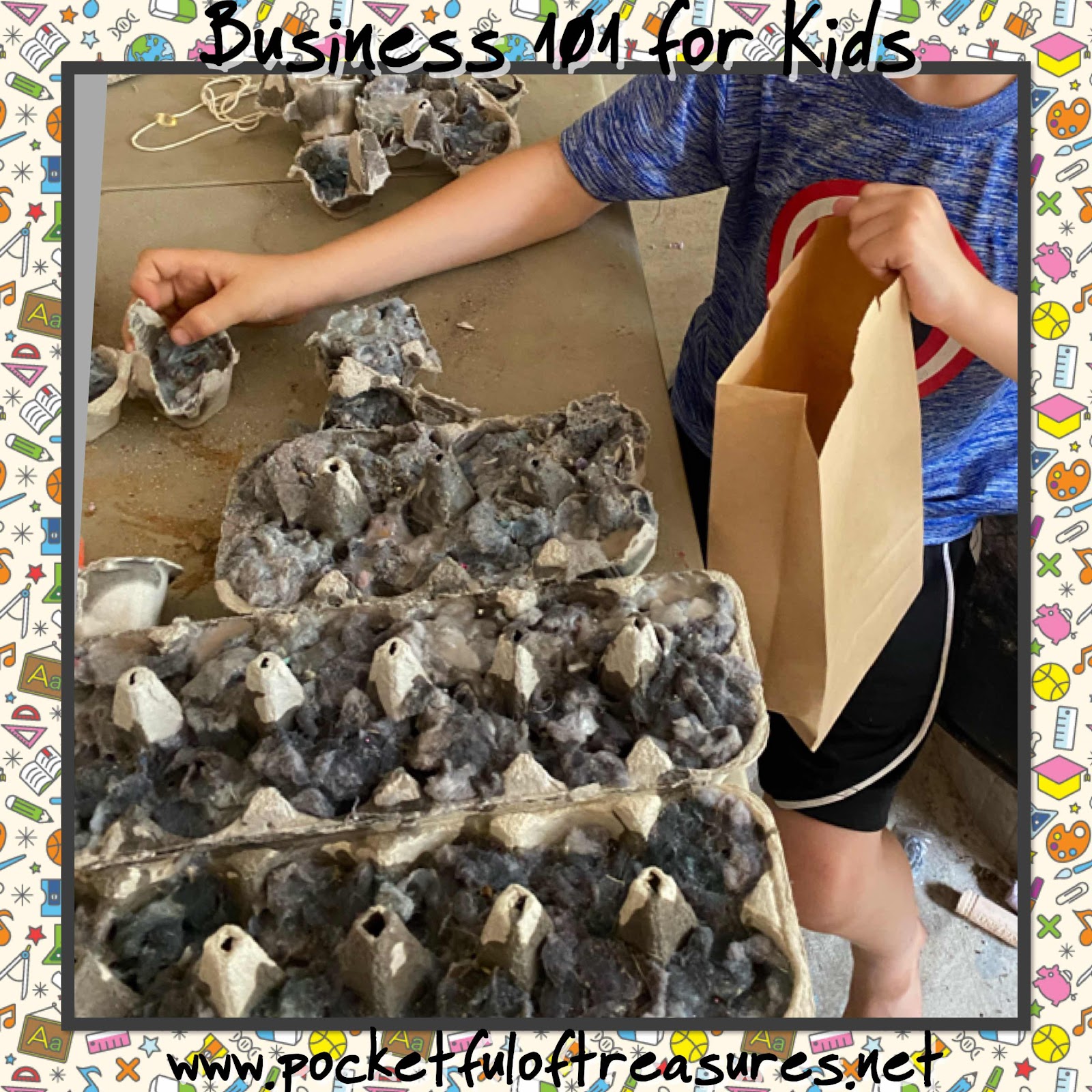
Our first grader decided to make fire starters using recycled material. He has helped me make these in the past for our personal use, and he noticed that we had a good size pile of egg cartons, a bag of old candles, and a bucket of dyer lint collecting in the laundry room.
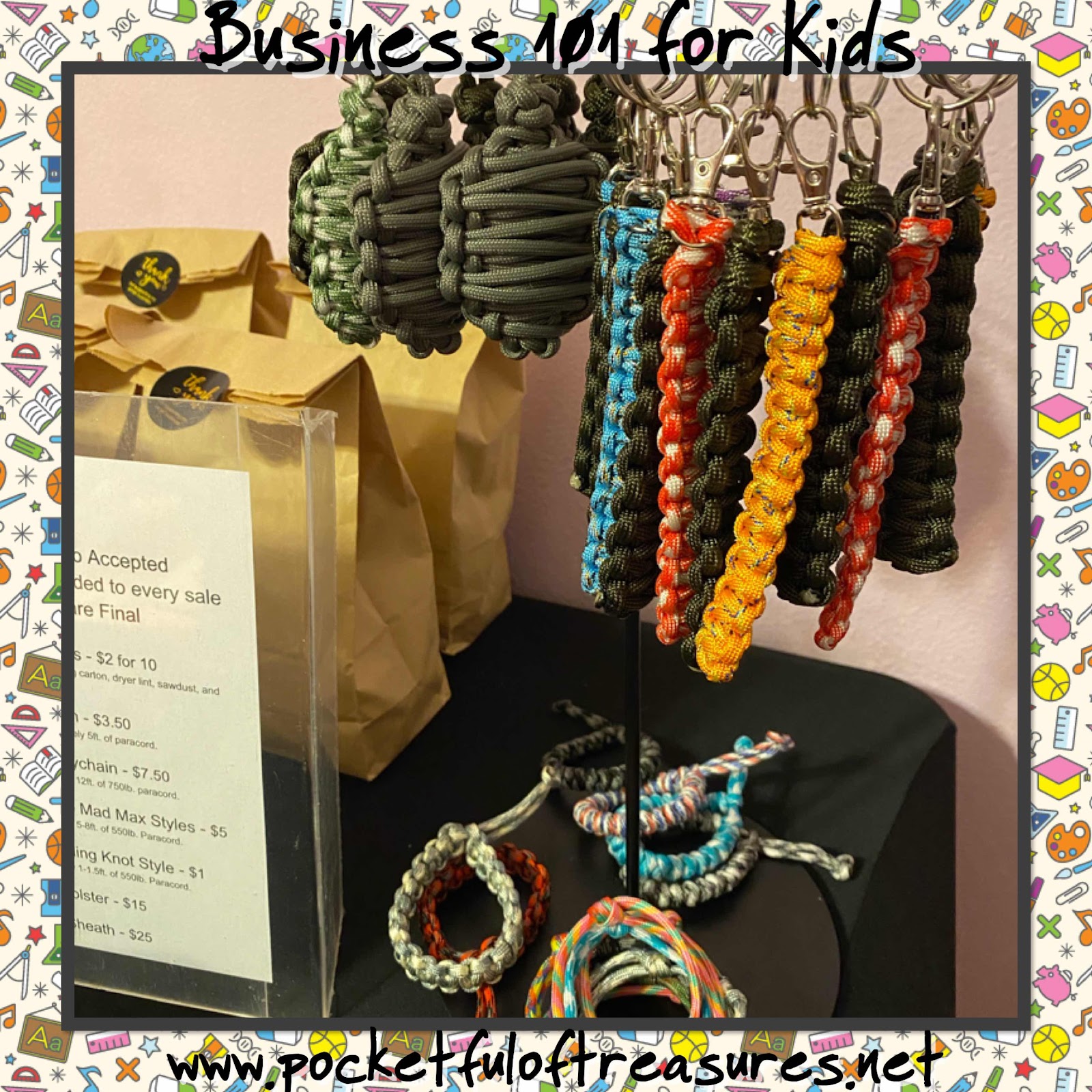
Our second grader had recently received some paracord and a book on paracord projects for his birthday. He decided to practice some new knots and make some keychains and bracelets to sell.
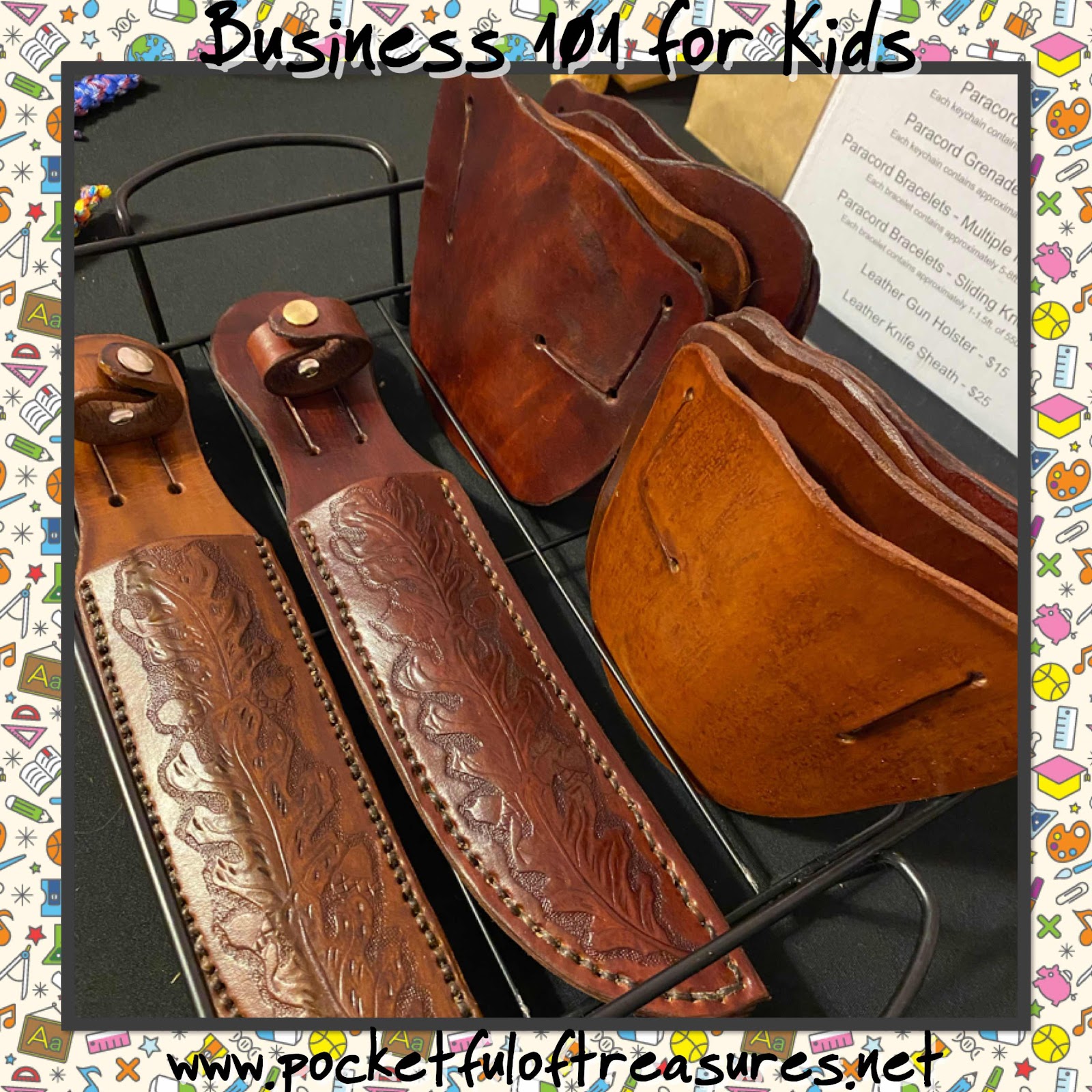
Our fourth grader loves working with his hands. He had wanted to make some toys and birdhouses using some scrap wood, but my husband has been wanting to teach him leather making and encouraged him to make knife sheaths and gun holsters. He was hesitant at first, but once he got going he loved his new project and spending the extra time with his dad. The finished projects were gorgeous and he already invested his earnings into more leather to try to expand his skills and products.
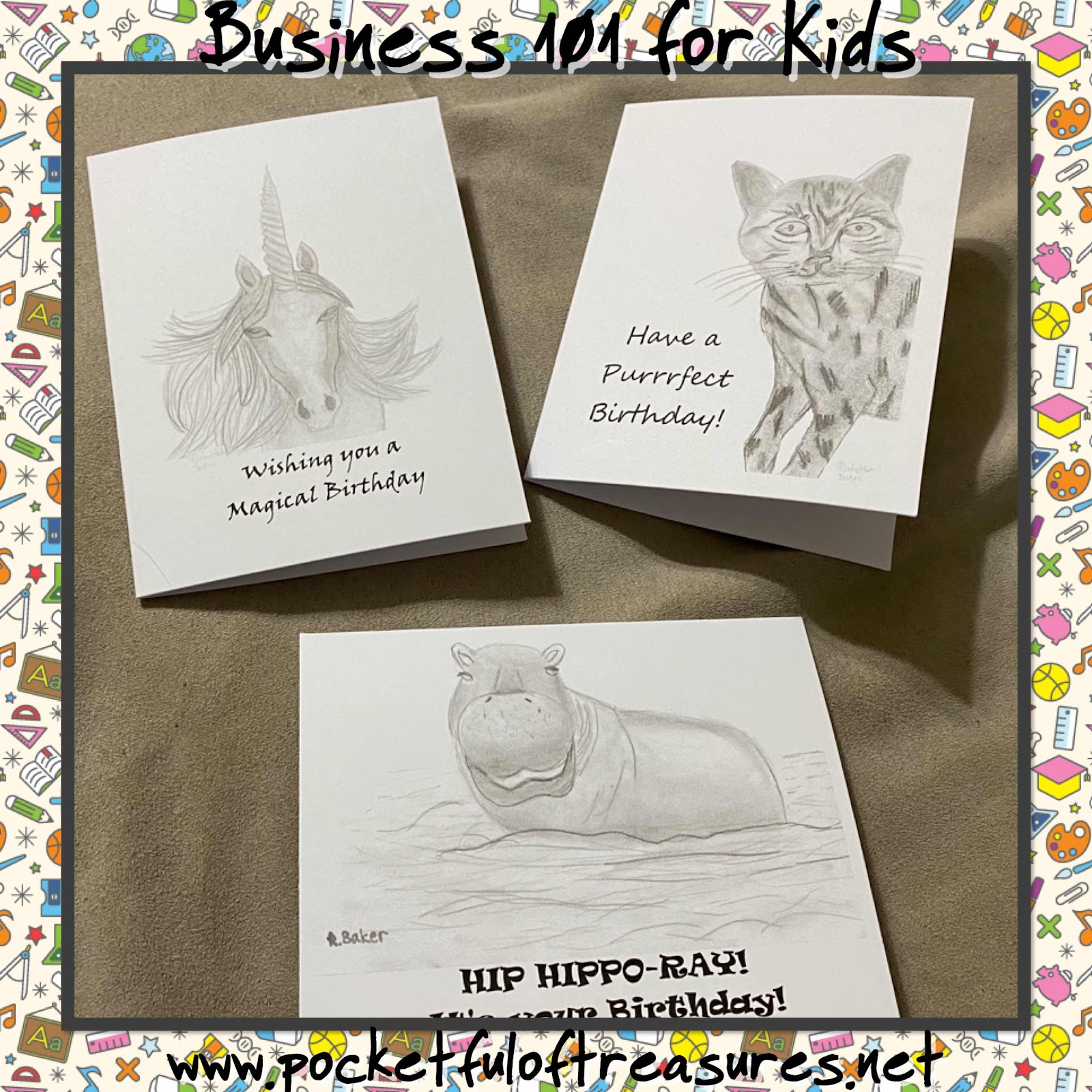
Our sixth grader is our artist. We encouraged her several months ago to come up with ideas to turn her artwork into something useful. It was then that she started printing her drawings on notecards, and has been very successful with that. So her project was more on expanding her present business idea. She created a set of
Birthday cards and is working on a set of Christmas cards.
Our seventh grader is our girly girl who loves to craft. We grew some loofah in our garden this year, so she decided to make some loofah soaps. She also made up some different bath salts and sewed scrunchies. She described her part of the vendor table as "everything you need for a perfect at home spa day."
Teaching entrepreneurship in your homeschool classroom certainly breaks the stigma that homeschoolers are unsocialized. In one day alone they were able to capture the attention of and speak with a couple hundred people. We teach them the FORM method of communicating with others. The FORM method is simply striking up a conversation with someone by asking them questions about their Family, Occupation, or Recreation and then using the information you gathered to deliver your Message. Our daughter once used this method to sell bath salts to a man for his wife that he did not yet have!

If you would like to teach Business 101 to your children or students, the workbook is available for purchase on Teachers Pay Teachers. The workbook covers FORM Communication method, SWOT analysis, goal setting, basic business plans, cost analysis, and more. You can also take them through a simulation of their first three months in business with my fun Entrepreneur Adventures. I presently have a Craft Fair Adventure and Lawn Care Adventure available. Buy the whole Bundle here.
I cannot wait to see the business ideas your children come up with! Be sure to follow and tag us on Instagram @Pocketful_of_Treasures.










